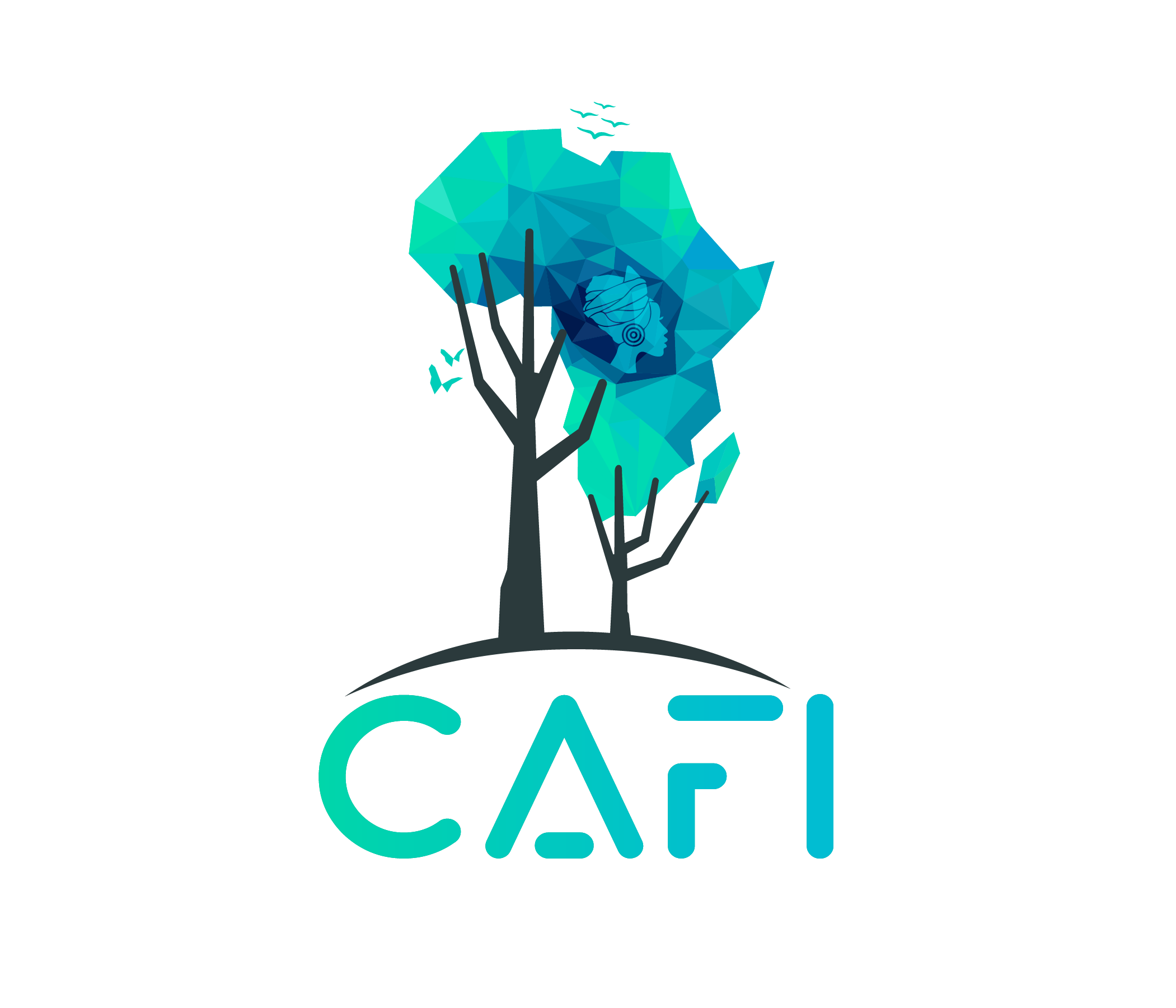History
Rainforests have the potential to mitigate the ongoing global crises of climate change and biodiversity loss.
They stock and absorb carbon and are home to more than 50% of terrestrial biodiversity, while only covering 6% of the Earth’s surface. No other ecosystem or economic sector has the same capacity to revert the unfolding climate and biodiversity crisis. Forests are also key for the survival of people living in and around them.
The Central African forest is unique in its size and features
Central Africa is one of the few remaining regions of the world that absorb more carbon than they emit. As the world’s second largest forest basin, it absorbs 1.1 billion tons of CO2 emissions out of the atmosphere or 4% of the world’s emissions every year. Its foret boasts unique biodiversity hotspots and is home to more than 10,000 plant and animal species, many endemic.
This forest is the source of food, energy, shelter and spirituality for over 40 million people living in and around it, in countries with some of the lowest Human Development indices and conflict areas and with the highest number of people in urgent need of food security assistance in the world.
Yet the region faces major challenges such as poverty, inequality, food insecurity and poor business climate, compounded by weaknesses in governance, institutions and infrastructures.
A region with strong development needs
The Central African region faces major challenges such as poverty, inequality, food insecurity and poor business climate, compounded by weaknesses in governance, institutions and infrastructures.
Several countries in the Central African region seek to become emerging economies in the coming decades. They are at a turning point and must decide whether their growth, necessary to improve the livelihoods of close to 100 million people, will be achieved at the expense of forests and other natural resources. CAFI support its partner countries in the difficult choices that are necessary when committing to pursue green, low emission development pathways.
How forests contribute to joint climate, biodiversity and national development objectives is set out in ambitious national investment frameworks that decouple development from deforestation. Such socio-economic transformation touches on many sectors and will come from measures that address both direct and indirect drivers of deforestation and forest degradation.
Achievements
CAFI, set up in 2015 during the United Nations General Assembly, is both policy dialogue and a Trust Fund. Its projects deliver concrete results across all sectors affecting forests. CAFI has catalysed transformative reforms in the agriculture, forest, energy, land use planning, land tenure sectors

